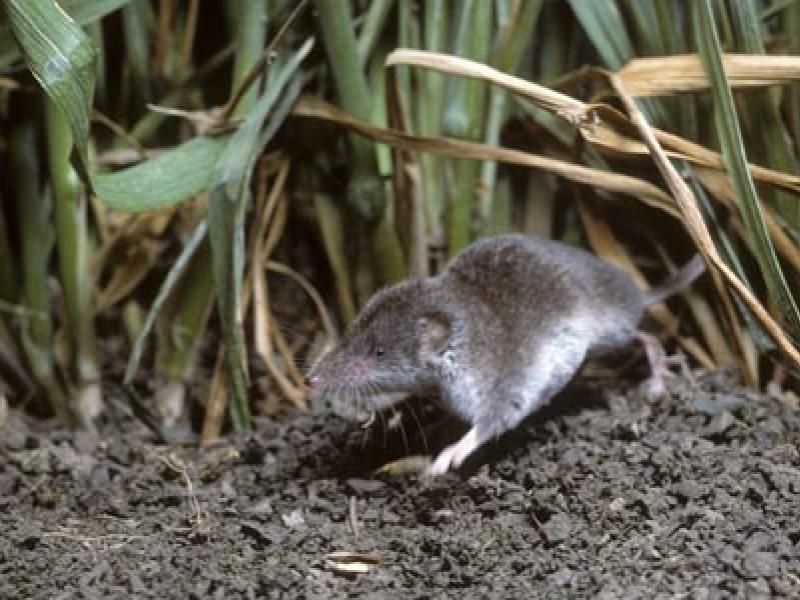Lutra 54(1)_Bekker_2011

The distribution and relative numbers in barn owl pellets of the bicoloured white-toothed shrew (Crocidura leucodon) in Zeeuws-Vlaanderen; a meta-analysis
Changes in the distribution of the bicoloured white-toothed shrew (Crocidura leucodon) in Zeeuws- Vlaanderen (Province of Zeeland, the Netherlands) are described, going back to the first catch of a specimen in 1937. An analysis is made of the relative numbers of this species found in the pellets of barn owls (Tyto alba) since 1943. Two white-toothed shrew species, the bicoloured and the greater white-toothed shrew (Crocidura russula) are present in this region. The distribution of both species is evaluated with special reference to their simultaneous presence in trap localities and in barn-owl pellets. In four periods (before 1950, 1950-1969, 1970-1988 and 1989-2008) the number of occupied 5x5 km grid cells of bicoloured white-toothed shrew has increased from 2 (first period) to 36 (last period). The increase in their occurrence in 1x1 km blocks (to 78 in the last period) has been almost exponential. Between 1989 and 2008 trappings have been made of bicoloured white-toothed shrew in the area between the Kanaal van Gent naar Terneuzen and the Braakman, where the species has not previously been observed. The percentage of remains of the species found in barn owl pellets between 1943 and 2008 has also shown an increase. Until 1990 this proportion remained far below 2%; after 1995, the percentages were well above 2%, except for 1998 and 2004. Almost all the separate lots of pellets contained both bicoloured and greater whitetoothed shrew, meaning that both species are present within the home range of hunting barn owls. The trapping results varied from 0 to more then 2 percent. At the 65 locations where Crocidura species were captured, 32 contained only bicoloured white-toothed shrew and 31 contained only greater white-toothed shrew. At two locations both species appeared to be present. The data from Zeeuws-Vlaanderen for 1964-1970 and 1987-2002 is compared to similar data from the bordering provinces in Belgian Vlaanderen. According to the criteria of Red List definitions, the change in the status of bicoloured white-toothed shrew in the Netherlands towards ‘least concern’ has been justified by the findings presented in this study.

